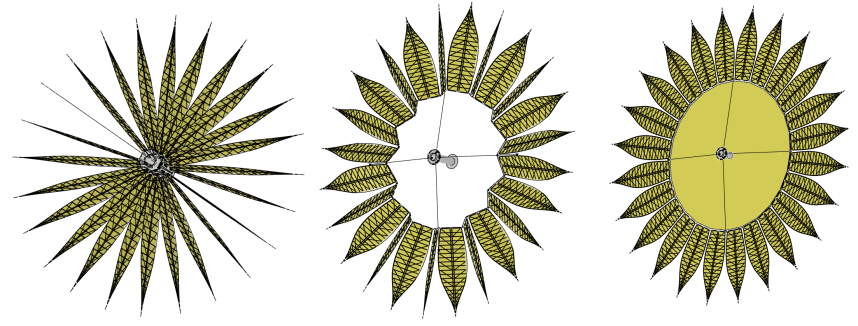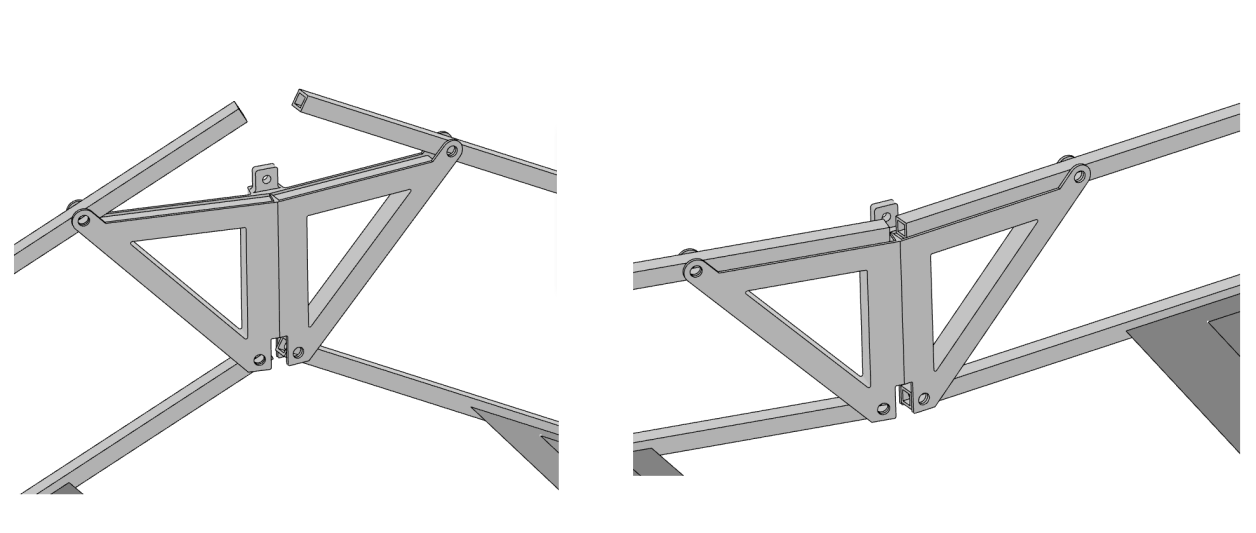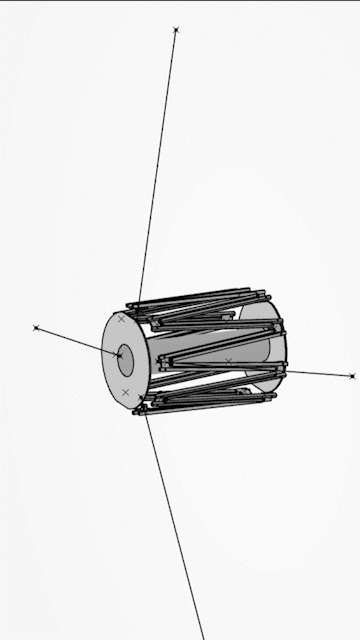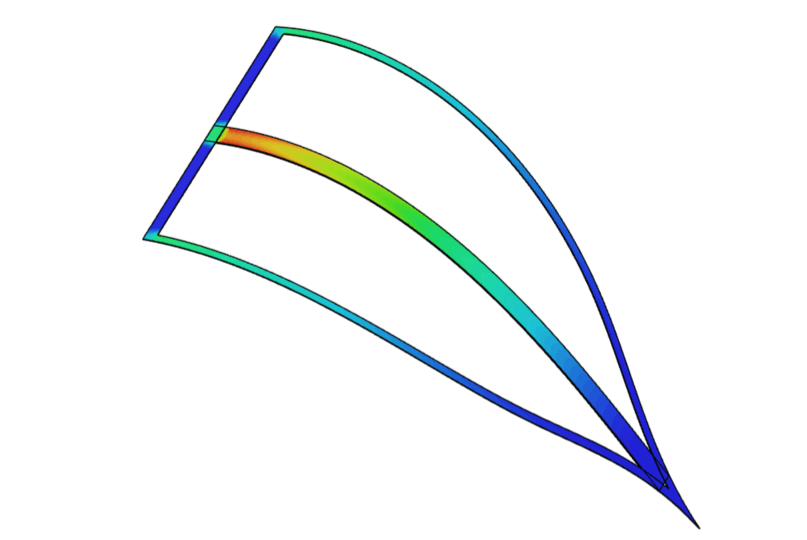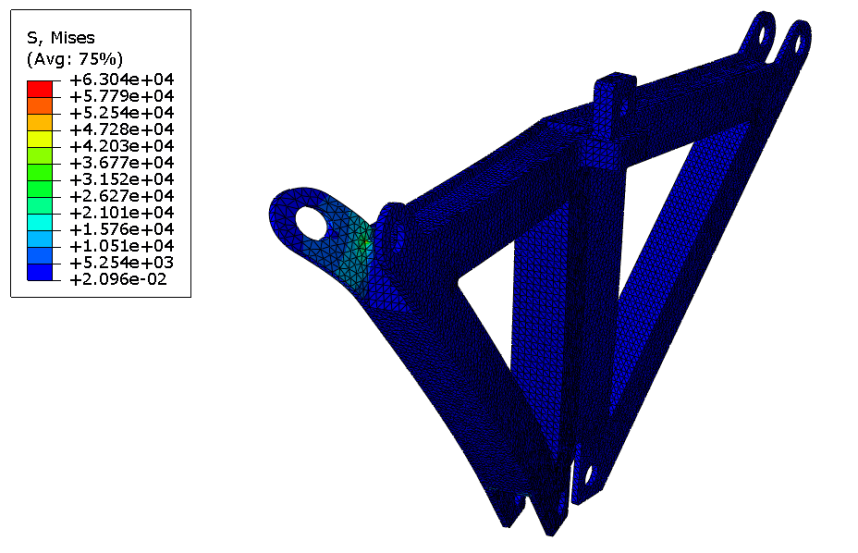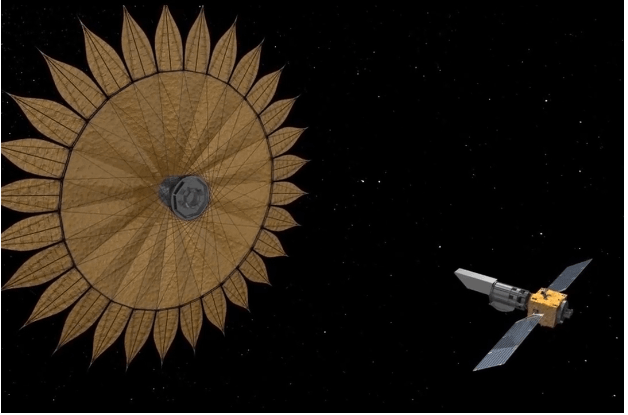
What is the NASA Starshade?
The NASA Starshade is a deployable 'origami' satellite that aims to shield a space telescope from the light of surrounding stars to allow for superior photography of exoplanets. The shade is collapsed during deployment to an inner diameter of ~4m then expands outwards via a twisting motion about it's central axis expand to over 50m in diameter.
